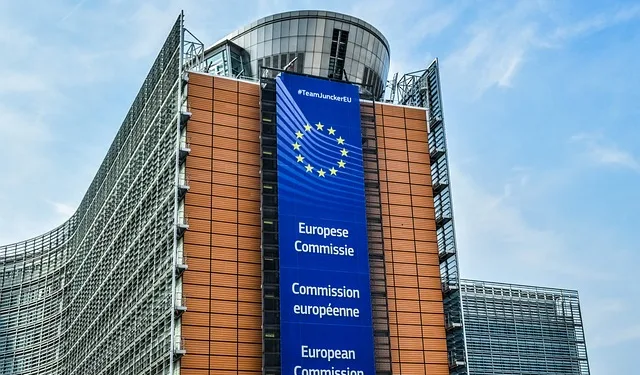The “Puglia Green Hydrogen Valley ” scheme has been selected for IPCEI (Important Schemes of Common European Interest) funding equal to the amount of 370 million euros, confirming its tactical nature and concreteness. The initiative is one of the primary initiatives for the large-scale construction of green hydrogen in Europe and contains the building of two plants in Brindisi and Taranto, for an entire electrolysis capacity of 160 Mega-watts. Once in process, it is projected that the Puglia Green Hydrogen Valley plants will be able to produce around 250 million cubic meters of green hydrogen annually.
The IPCEI “Hy2Infra” includes 33 plans from 32 corporations, from seven member states: France, the Netherlands, Poland, Germany, Italy, Portugal, and Slovakia. Puglia Green Hydrogen Valley is one of three Italian plans to have been awarded funding.
Associate States will deliver up to €6.9 billion in public investment, the highest amount of aid accepted for hydrogen IPCEIs. This is anticipated to unlock an additional €5.4 billion in a private placement, for a total of €12 billion. This is a significant phase for the hydrogen supply chain, for which the expansion of public financing and incentives are essential to making the initial funds and the costs of construction economically sustainable for initiatives grounded on this technology—the subsequent operational stage.
Contributors in “Hy2Infra” will be among the first to face and resolve the technical challenges associated with innovative large-scale green hydrogen infrastructure plans, and will thus be able to expand operational experience valuable to other market players.
The “Puglia Green Hydrogen Valley” scheme, which saw the fresh entry of Sosteneo SGR SPA, a corporation in the Generali Investments ecosystem attentive to infrastructure plans for renewables and advanced systems linked to the energy evolution, has been recognized together with Edison and Saipem by the Puglia Section as a strategic break to attain the ambitious energy transition aims that it has set for itself, through the decarbonization of its manufacturing sector and in specific of the Apulian steelmaking hub.






